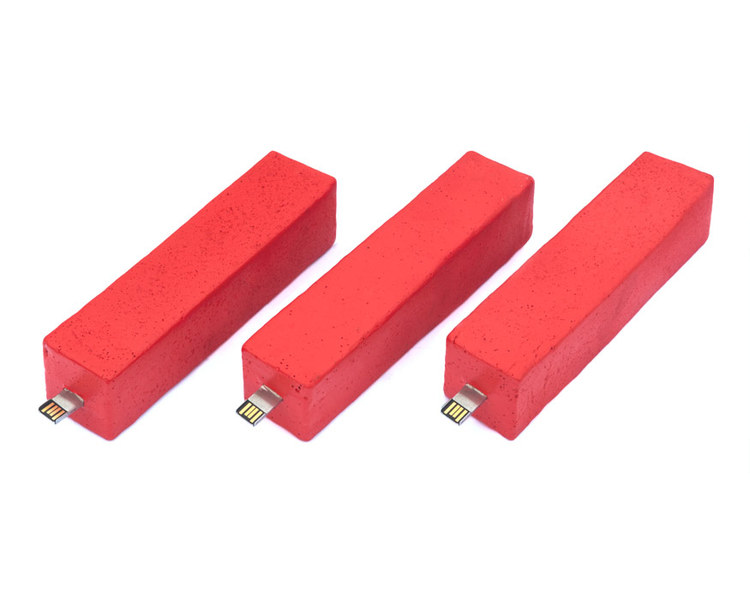Nature’s new reality: MARK DORF
Now living in Brooklyn, Mark Dorf fascinates with his images of juxtaposition. Dorf captures stunning landscapes around the world through a lens of science and technology, “reorganizing” nature and its beauty. His collection //_PATH is currently being displayed in Barcelona’s Mobile World Centre for its New Realities Exhibition ending on the 17th February





Hi Mark, first of all where are you from originally and where are you living at the moment?
Hi! I was born in Laconia, NH, grew up in Louisville, KY, and now live in Brooklyn, NY.
When did you first become fascinated with science and nature?
Since I was a kid, I have always been someone who loves to spend time outdoors, so the interest and love for the landscape has a long history with me. It’s where I find myself to be the most relaxed and focused really, which is of course funny because I now live in Brooklyn. As for science, that too has been a long time interest for me. If I hadn’t gone to school for art I certainly would have studied physics or something of that nature. Additionally, my family has a history in science as well – both my aunt and uncle are marine biologists and my father works in medicine, so science has always been near me. Most of all I am fascinated in the ways in which we understand our surroundings albeit through math, science, or art.
Do you spend a lot of time outdoors? What have been your favourite landscapes to travel to and capture?
I try to spend as much time outdoors as I possibly can, but as I said before I am now living in Brooklyn so that results in a lot of travel. One of my favorite more casual places to explore and capture are the Catskill Mountains – they’re pretty easy to get to from New York City and are absolutely stunning in the summertime – pick a stream and go swimming! But I have to say that my favorite landscape that I’ve travelled to recently is that of the Pariacaca Glacial range in the Peruvian Andes – I just got back and I’m certainly still living in the glow. I had never spent time at such high altitudes (our camp was at nearly 15,000 ft above sea level) – the landscape, wildlife, and culture is so drastically different from that at sea level.
Your work juxtaposes nature’s beauty with science and technology. What intrigues you about the combination of these?
One of the most basic intrigues about this mixture for me is the contrast in age. If you want to take it back hundreds of thousands of years ago, the landscape is the sort of birthplace of all culture and is quite literally the visual language that humans have been looking out to for the longest amount of time. Taking technology into that context provides an interesting relationship of looking at the most ancient and most contemporary of languages simultaneously.
Your ‘Emergence’ collection seems to make use of digital tools and technology to enhance or enrich the natural landscape in some way. Where does the inspiration for your ideas come from?
In ‘Emergence’, I wouldn’t venture to say that was looking to enhance the landscape as much as I was compartmentalizing and reorganizing the landscape. All of that work was made while I was an artist in residence at the Rocky Mountain Biological Laboratory in Gothic, CO. While I was there, I was working directly with ecologists and biologists in the field helping them with their field research while additionally making my own works. What resulted was ‘Emergence’, which was a reflection and personal exploration of the scientific process as a whole. You will see when looking through the images that there is a common theme of breaking down and re-assembly. I was totally fascinated in the ways in which science collects data, analyzes it, transforms it, and then reassembles it into something that when compared to another set of data, can reveal information that is new or that you had not seen prior: the idea that the whole is, or could be, in fact greater than the sum of its parts.
Do you think your work reflects a growing trend in the combining of art and technology? Is this the future?
I think that technology’s presence in art will do nothing but grow as it becomes more and more present in our every day life. As technology becomes more accessible, artists will of course find some means of using it and taking advantage of its possibilities.
//_PATH is currently being displayed in the New Realities exhibition in Barcelona. What ‘new reality’ do you hope to create in your works?
In my recent works I wish to address the larger older world, the landscape, in the context of the contemporary mindset that is situated in science and technology. Think of it as the difference between looking at a Renaissance painting today versus a Renaissance painting when it was made: today we look at composition and light in context of a world that can stop time through photography and replay it through video. When that painting was made, this perception was not even fathomable thus their perception of the work was inherently different. I want to create a reality that examines how science and technology have changed the way in which we see and experience the world around us.
In January Mark will be part a two person exhibition in Brooklyn’s Outlet Gallery with Julian Lorber. Dorf’s “Emergence” collection will be displayed alongside Lorber’s “Externalities”.
PATH is currently being displsyed in Barcelona's Mobile World Centre for the New Realities Exhibition curated by Alpha-ville ending on the 17th February.
